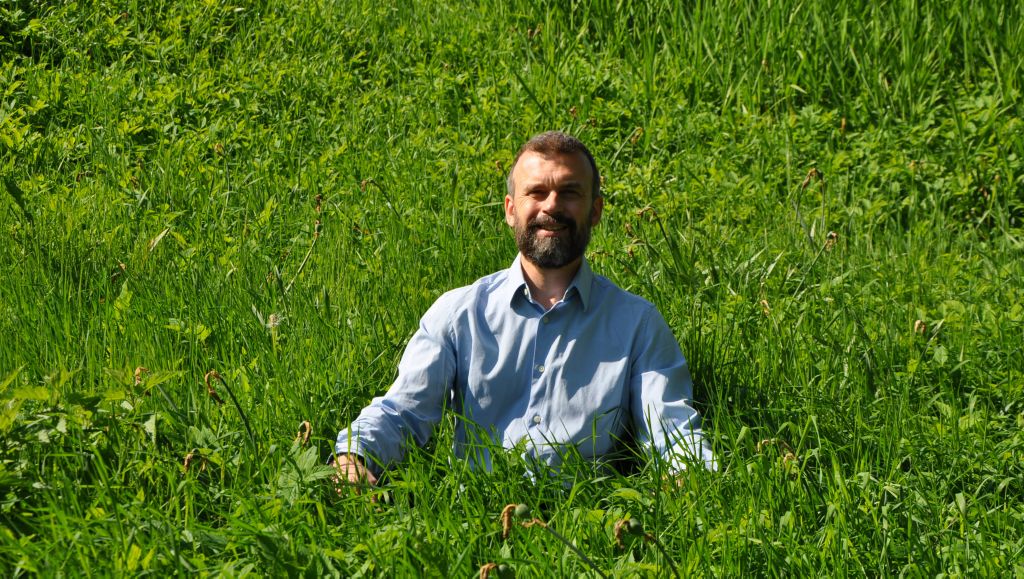Turning all differences into advantages


In the cinema as well, there is no shortage of stories of people who have had to struggle against discrimination or work to overcome physical or mental challenges. “Twelve Years a Slave”, “Invictus”, “Patrick 1.5”, or “The Intouchables” to name a few.
Having a group of people with many differences and being able to make those differences work together, what we call Diversity and Inclusion, is not always easy.
It is precisely because it is not always easy, that Diversity and Inclusion is so strategically important. Just as there are good cooks who can take a diversity of ingredients and make a mouthwatering dish, there are companies which are highly skilled in attracting a diverse group of employees and ensuring they all work smoothly together, turning their differences into advantages. Such companies have a significant advantage over their less-skilled competitors. At the Volvo Group this is what we strive for.
In most societies today, we have made progress in reducing exclusion and increasing tolerance. We have enacted laws to fight discrimination.
Companies have also been on this journey and have begun to recognize the advantages of diversity and the need to create an inclusive work environment. But for companies to really gain an advantage from diversity, to release its creative energy, the challenge is to go a few steps beyond simple tolerance of differences.
Tolerance tends to imply we allow certain variations from the norm, within limits. We may not be comfortable with or even like certain differences, but we allow them. In this situation, everyone may not feel fully welcome, but it is a first step in the right direction. So what does it mean to go beyond tolerance?
Fully accepting our human differences can be the next step. Allowing each other to be ourselves and respecting each person’s individuality. If we are in Acceptance Mode, then we tend to treat people equally. We do not accept discrimination. We are color-blind. We will hire based on competencies. This sounds good when you are coming from an environment of exclusion or tolerance of differences. On the other hand, in Acceptance Mode, differences are there, but we tend to overlook them. We accept applications from all types of people, but if certain people happen to be missing from the mix, we may not realize it or make a strong effort to find out why.
Going beyond Acceptance, we can speak of Active Appreciation of differences. Here, we not only accept our differences, but we value them. We show appreciation for different points of view. We are curious. We expect to be surprised. We tend to adapt our behavior and ways of working based upon the needs of each person in the group, rather than just going with the majority. Life is a bit more complex in Appreciation Mode. Instead of treating everyone equally, we treat each other equitably.
As an illustration, imagine I wanted to give everyone in my workgroup a Diversity T-shirt. I completely accept having tall, short, stocky and thin people in my group, but I want to treat everyone equally. Therefore, I’m going to give everyone a size XXL T-shirt. Everyone will be able to wear their shirt, but only a few people will have a T-shirt that fits them. The treatment or the means are very equal, but the result is very unequal.
But if I actively appreciate differences, then I would ask each member of my group what size they want. I’d offer them S, M, L, XL, and XXL choices because I’m more focused on the result, that everyone have a shirt that fits them, and I adapt the means to get that result.
Acting in Appreciation Mode means I need to have a dialogue with others. I will need to understand the situation or viewpoints of different groups of people as well as individuals. At the same time I’ll gain a more complete understanding of the world around me.
In the business of the Volvo Group, our goal is of course to be results oriented. We generally don’t treat all customers equally, but rather equitably. One customer may unfortunately need our assistance during the guarantee period. Others do not. One customer may have a very specific use for their vehicle and require adaptations. In the end we want all customers to have the same end result, a profitable and reliable product. To do this we adapt our actions with equity based upon different customer needs and situations to ensure a positive and satisfactory result.
The same principles apply to how we treat each other in the company. Do I treat others based on how I would like to be treated? My way is good for everyone? Or do I treat others based on how they would like to be treated? To do so I need to start by interacting, asking questions and engaging in dialogue. Ironically, as we start to understand and be comfortable with our differences, we generally realize how deep our common values and goals are. And that’s what keeps us all together.